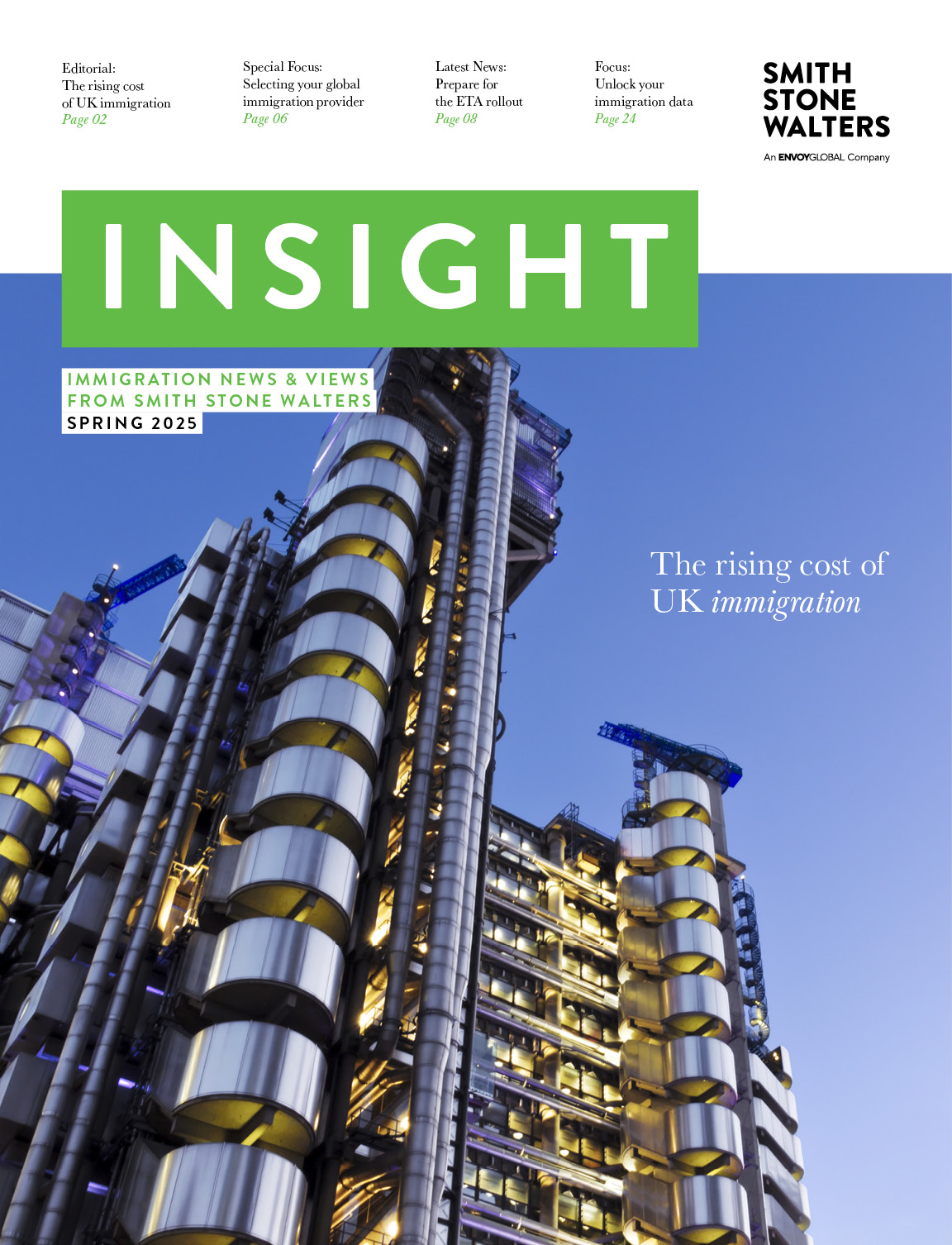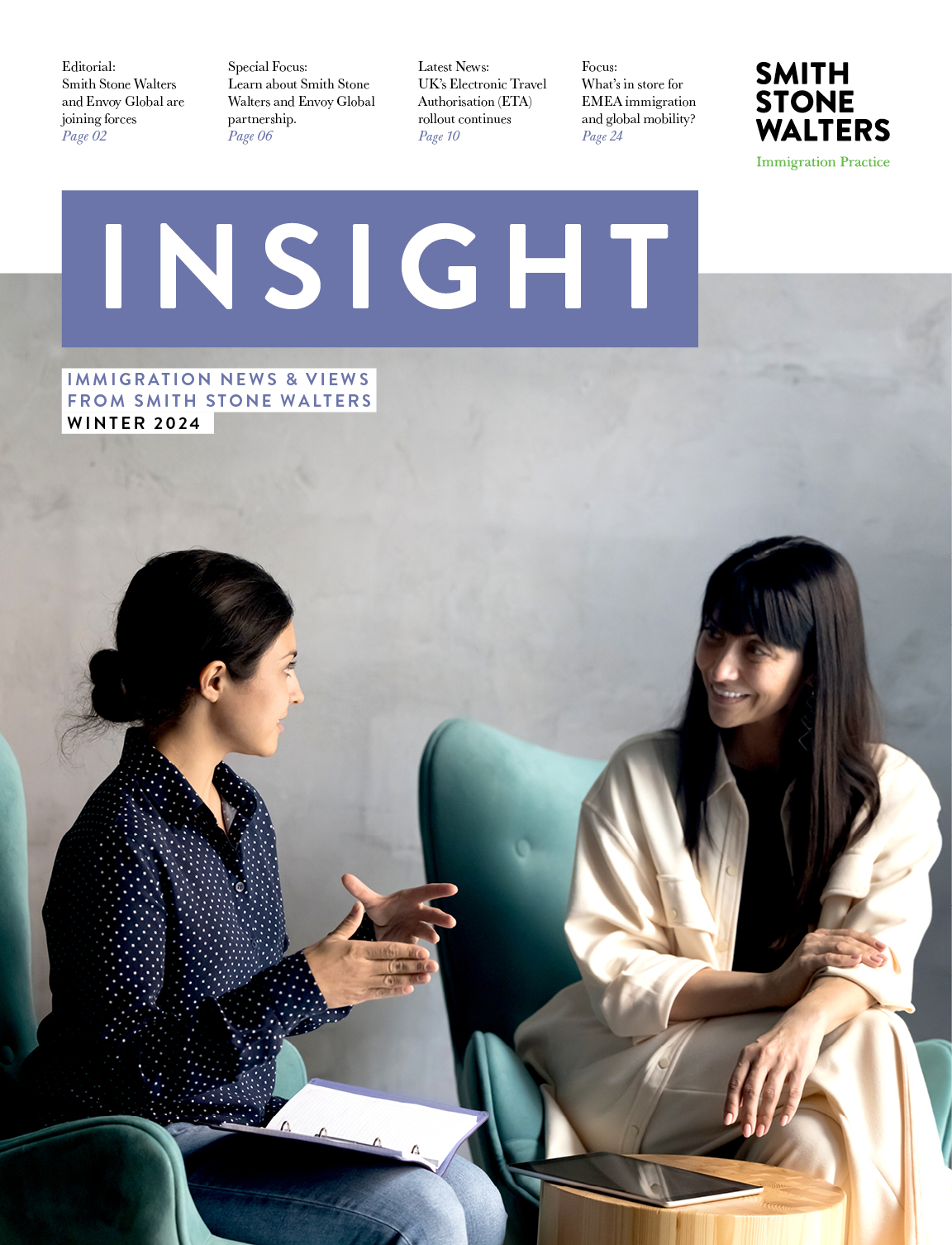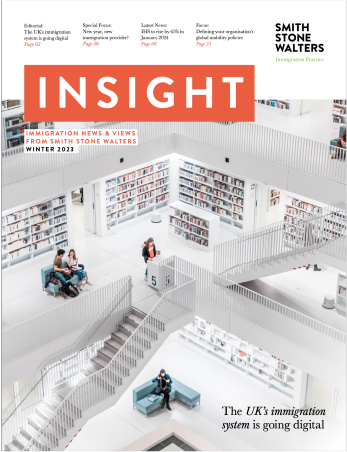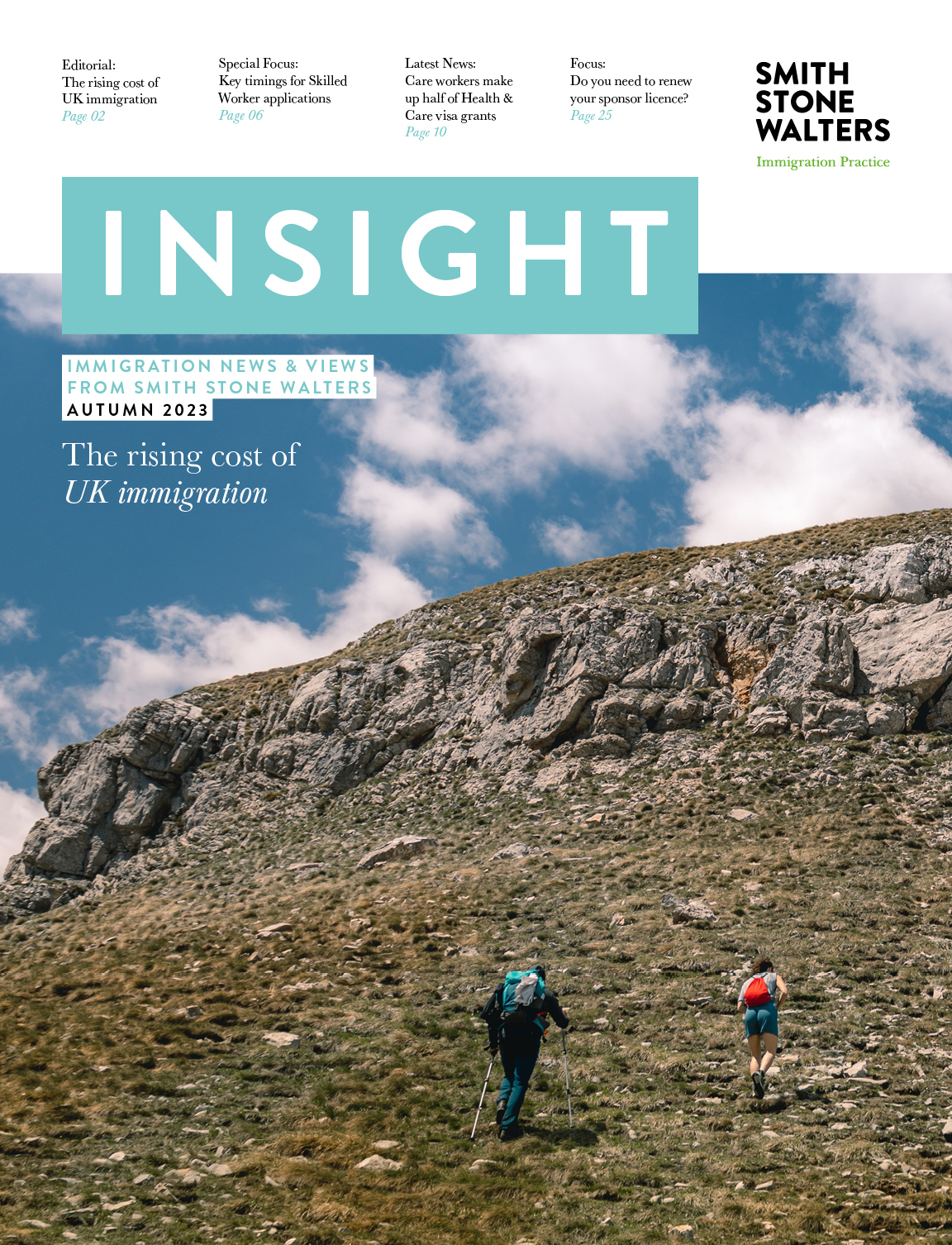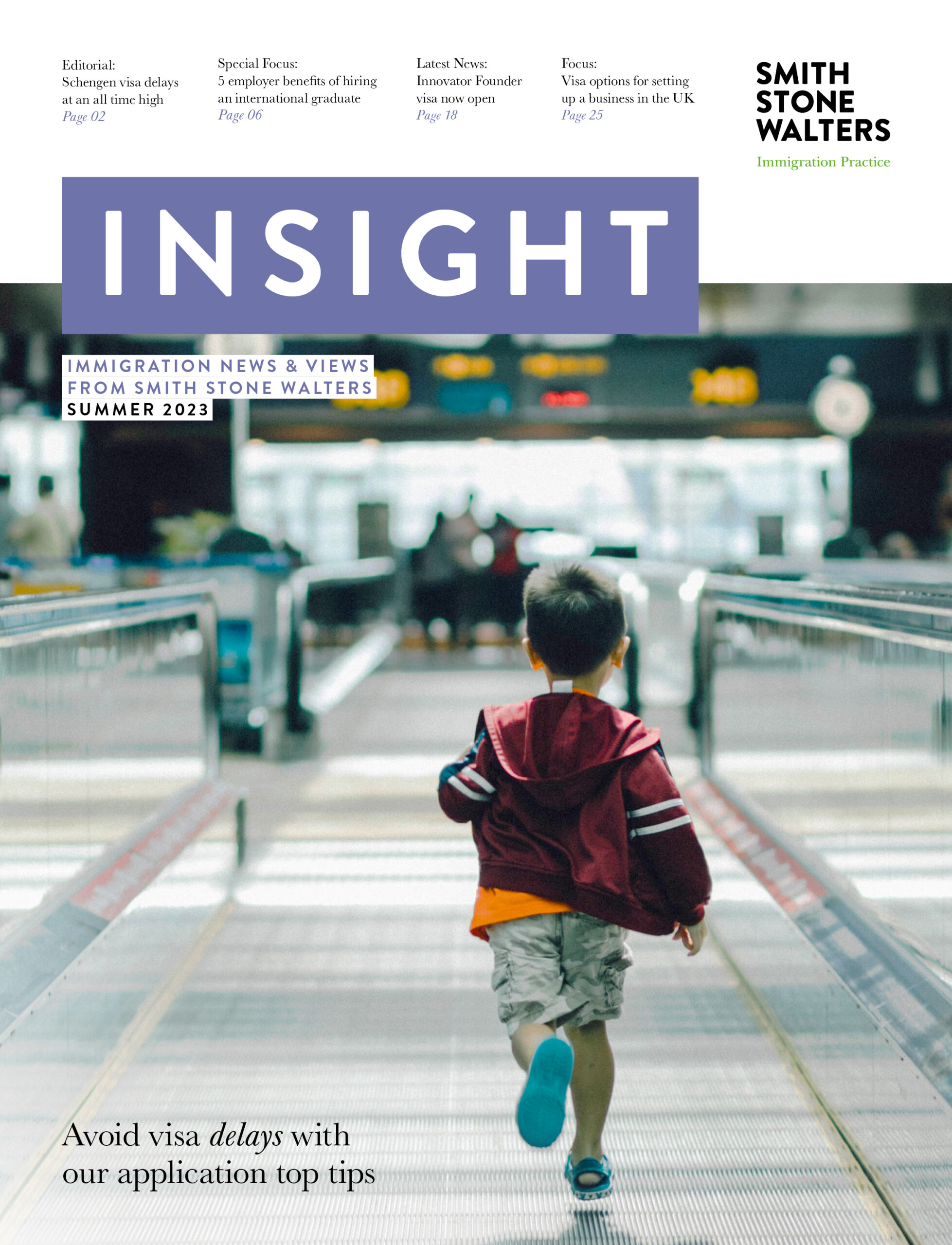Canada publishes immigration targets for 2024-2026
Thanks to its comparatively open and well-regulated immigration system, Canada has built a reputation over the last few decades as a top destination for global talent.
Foreign-born workers play a vital role in Canada’s economy, and immigration accounts for almost 100% of the country’s labour force growth. By 2032, immigration is projected to account for 100% of Canada’s population growth.
Partly due to an ageing population, Canada is currently facing critical labour market shortages and the government is placing an increased focus on attracting newcomers from overseas to help fill gaps in its workforce.
With this in mind, the government has recently made a series of announcements setting out its plans for the future of Canada’s immigration system.
Immigration targets for 2024-2026 published
On 1 November 2023, Immigration, Refugees and Citizenship Canada (IRCC) tabled the 2024-2026 Immigration Levels Plan.
The levels plan is a projection of how many permanent residents will be admitted to Canada in a given year and sets targets for overall admissions per immigration category. Under the Immigration and Refugee Protection Act, the Minister must table the levels plan in Parliament each year.
The government is maintaining its target of 485,000 permanent residents for 2024 and plans to reach 500,000 in 2025. Starting in 2026, the government projects that it will stabilize permanent resident levels at 500,000, with the intention of allowing time for successful integration, while continuing to augment Canada’s labour market.
The government also plans to take action over the next year to recalibrate the number of temporary resident admissions to ensure this remains sustainable.
The new Levels Plan also aims for over 60% of permanent resident admissions dedicated to the economic class by 2025, and new Francophone immigration targets to support Francophone communities outside of Quebec.
Changes to the Temporary Foreign Worker (TFW) Program Workforce Solutions Road Map
The Minister of Employment, Workforce Development and Official Languages has announced changes to the Temporary Foreign Worker (TFW) Program Workforce Solutions Road Map. These extended measures will be in place until 30 August 2024 and include:
- Continuing to allow employers in seven sectors with demonstrated labour shortages to hire up to 30% of their workforce through the TFW Program for positions under the provincial or territorial median hourly wage.
- Maintaining the maximum duration of employment for positions under the provincial or territorial median hourly wage at up to two years.
- Adjusting the Labour Market Impact Assessment (LMIA) validity period from the current 18-month maximum to a maximum of 12-months to better respond to the labour market.
The seven sectors in which employers can continue to hire up to 30% of their workforce through the TFW Program are the following:
- Food Manufacturing (NAICS 311)
- Wood Product Manufacturing (NAICS 321)
- Furniture and Related Product Manufacturing (NAICS 337)
- Accommodation and Food Services (NAICS 72)
- Construction (NAICS 23)
- Hospitals (NAICS 622)
- Nursing and Residential Care Facilities (NAICS 623).
Along with these temporary measures, employers will be required, as of 1 January 2024, to annually review temporary foreign workers’ wages to ensure that they reflect increases to prevailing wage rates for their given occupation and region of work. Through periodic wage increases, these reviews will ensure that employers continue to pay temporary foreign workers at the prevailing wage level throughout their period of employment.
Plans for the immigration system published
Immigration, Refugees and Citizenship Canada (IRCC) has released a report setting out a pathway for the future of the country’s immigration system.
An Immigration System for Canada’s Future identifies changes, some of which are already underway, while others are still in development. These include:
- Positioning the immigration system to adapt quickly and to respond equitably and sustainably to growing global humanitarian crises.
- Developing a new Francophone Immigration Policy to enhance the vitality of Francophone minority communities, while maintaining and increasing the demographic weight of French linguistic minority communities in Canada.
- Improving the International Student Program by working with provinces and territories on a Recognized Institutions Framework so that post-secondary institutions with high standards in key areas such as integrity and student supports can benefit from faster processing of study permits.
- Integrating housing, health care and infrastructure planning, along with other important services, into Canada’s immigration levels planning, in close collaboration with provinces, territories and municipalities.
- Building an advisory body of newcomers with experience in immigration to inform program and policy improvements, as well as service delivery.
- Creating a Chief International Talent Officer position to more effectively align immigration programs and pathways with the labour market, including industry and sector strategies.
- Making the IRCC website more user-friendly, so that applicants can easily find the information they need.
Expert support with Canadian immigration
If you want to work in Canada and require advice with the immigration process, Smith Stone Walters can help. Our global immigration team can assess your eligibility for the various streams available, and provide support with your application. To find out more, please contact us today.


